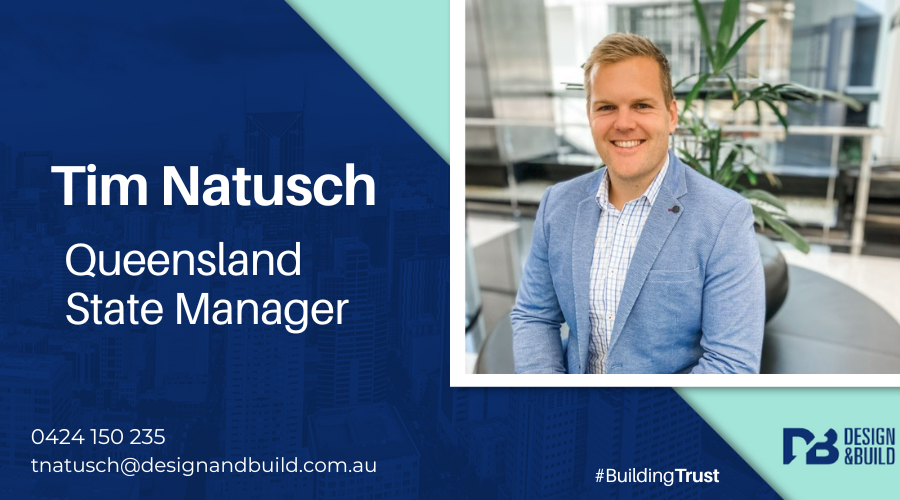Boosting confidence when returning to work after a career break
12 months ago By Emily Harris

There can be many reasons a person takes an extended leave of absence from their job; they go on parental leave, secondment or sabbatical or they might have to take extended sick leave or require worker's compensation. Whatever the reason for their absence, the process of coming back to work is often complicated, as while an individual might feel confident in their decision to re-enter the workforce, it doesn’t mean they have confidence. In the time they’ve been away the workplace has changed, colleagues will have moved on and their skillset feels a little outdated, as it’s been a while since they’ve been required to perform a job-related task. It’s understandable, therefore, that many people can feel overwhelmed and daunted by the prospect of jumping back into a previous role or starting a new job. Especially if they've been on extended leave over the last year - they'll find the workplace to have changed dramatically! The pandemic has forced many organisations to embrace remote working - which for industries like the built environment industry that revolved very heavily around being on-site and travelling to physical offices for work - has become a significant change. For those trying to transition back into the industry, this new mentality and emphasis on workplace flexibility would be hard to get your head around.
Luckily, Design & Build have provided some key tips to help bolster the confidence of those re-entering the workforce and help reduce anxiety for those about to experience their first day back in the office (either physical or remote). See below:
1. Sharpen & Develop Your Skill Set
Just like an athlete losing muscle after an extended break from training, our professional skills can become a little rusty if we haven’t applied them in a while. Furthermore, the rate of technological advancement means that most industries are introducing new developments, processes, and systems regularly [1] (Munro, 2020). If you’ve been on extended leave anywhere between a few months to a few years, chances are there will be new ways to perform the tasks you used to, different systems you’ll be required to use or perhaps innovations or models that will impact the way the Built Environment industry works. Consequently, to help prepare for your re-entry into the workforce and ease any anxiety around ‘being out of the game’, it’s recommended that you try and keep on top of any industry-related trends. This can be as easy as joining professional association groups, reviewing industry publications online or checking in with your professional network every few months. Doing this will give you a great idea of what’s changing within the industry and what skills you may need to brush up on. For example, if you worked within business administration or processing, you may have discovered in your time away that many manual tasks were transferred to an online platform like google docs, or are now performed and managed by a particular online system like Xero. Ensuring you’re aware of these systems and know how to apply them within your new or pre-existing role, will help boost your confidence levels when having to use them.
Your time away from work could also be an opportunity to grow and develop new skills that you think will help enhance your professional development. Perhaps it’s learning more about artificial intelligence, which has grown significantly within the engineering and manufacturing space over the last few years or embarking on a management course to help enhance your leadership skills. There are multiple online courses offered through both Linkedin or training organisations that are a great jumping-off point for those wanting to learn or brush up on their skillset. Online courses/training can also provide added flexibility for those juggling learning with a full-time job and or family commitments.
The more you understand a certain skill, tool or software the more comfortable you’ll feel using it within the workforce, which in turn will positively impact your confidence levels. Furthermore, the more skills and experiences you can add to your resume, the more of an asset you’ll appear to your current or future employer which ultimately helps to futureproof your employability.
On this topic, it's also important that all employees - no longer how long they spend out of the workforce - should maintain their digital literacy skills. Especially over the last 12 months, where so many organisations have embraced new technology to better enable remote working - from cloud-based software to video conferencing platforms - keeping up to date with this technology and ensuring you feel comfortable using it will make your transition back to work easier, and if you're starting to conduct remote job interviews etc help you to put your best foot forward.
2. Build and Reach Out To Your Professional Network
A big contributor to anxiety in any circumstance is the likelihood of the unknown. For those rejoining the workforce after an extended leave of absence, there are many elements of uncertainty you have to contend with. Whether re-joining an old team or starting a new job you’re questioning how the role has changed, what your team will be like, whether you can manage the workload, how you’ll go with new processes etc. Reaching out to your professional network can help ease your nerves around this uncertainty, as they are still ‘in the trenches’. They can give you a realistic account of what the industry is like, any shifting priorities or focus happening within the industry and job market - and if they are a colleague- can keep you updated on any significant changes within the company. All of this information can help you prepare for your new role prior to your start date and give you a realistic idea of what to expect. Creating an open dialogue with other professionals within your field or your workplace means that you have people to provide support if you come across any challenges, people that can be there to bounce ideas off and people to learn from. It also helps you to feel like you have others in your corner so you feel less isolated (a common feeling for those re-joining the workforce) which helps to build confidence levels [2] (Collings, Freeny & Van Der Werff, 2018).
In terms of building and strengthening your professional network, an easy place to start is using social networking platforms like Linkedin, or even just touching base with a previous colleague or business partner via email. There are also numerous networking events for different industries and associations in person or online, so attending one of these before restarting work can be a great way to connect with new people within your industry or reacquaint yourself with older connections and the industry itself. Linkedin is a great place to start searching for any upcoming events in your area.
3. Celebrate your achievements and strengths
Knowing what you do well within the workplace is integral to boosting confidence as it reminds you of why you’re a good and worthy employee. An easy way to do this is to cast your mind back to a previous success story you’ve been a part of within the workforce or a particular challenge you were able to overcome and resolve. Perhaps it was handling a difficult client or ensuring a project with lots of moving parts was finished by the deadline. Having examples of your previous achievements clearly in your mind helps to reassure you that you are capable of succeeding again when any self-doubt starts to creep in.
If you’re struggling to remember a success story or conjure up a recent example of when you were able to display your skillset within the workforce, think outside the box and consider when you’ve exhibited your soft skills in your day-to-day life. Perhaps you helped to coordinate a fundraiser at your child's school, which is a great example of organisational skills at play. Or maybe you were a treasurer for a local charity or association, which demonstrates your bookkeeping and financial skills. These personal examples can be utilised within your professional life and can even enhance and diversify your skillset.
4. Ask Questions
This step is fairly straightforward, but one of the quickest ways to learn is to ask questions. When reentering the workforce, there’ll be systems or processes in place that are unfamiliar to you and that is completely normal. However, if you do come across a task that you’re unsure how to proceed on, the best thing to do is to ask someone for clarification- a colleague, your manager or team leader or a HR officer. While you might feel self-conscious about asking questions initially, as you’re worried about appearing clueless or unsure, being able to find out exactly how someone wants you to perform a task, or have someone demonstrate what they want you to do, reduces the risk of mistakes or tasks having to be redone due to misinterpretation. Asking questions also increases the likelihood of you getting the task right the next time you have to perform it and ultimately, feeling knowledgeable about what you are doing, helps you to feel more confident in future.
Contact Us
If you’re looking to re-enter the workforce after an extended break and don’t know where to start with your job search, you can always reach out to Design & Build. Our consultants specialise in finding roles that best suit the capabilities, interests and values of their clients, and have some great advice for those wanting to brush up on their interview skills or fine-tune their resume.
The Built Environment sector - especially construction - also offers numerous shorter-term contracts, which can be a perfect option for someone looking to dip their toes back into the workforce. Accepting a short-term contract provides you with new and recent work experience to add to your resume, an opportunity to network with people at the company and most importantly, flex your skills again. Proving to yourself that you can perform in the role, is a great confidence boost and prepares you for future longer-term opportunities. To find out more about Design & Build's contract opportunities, or to have a confidential chat with one of our consultants, click see below:
Looking for a job?
- - -
[1] Munro, Jay. (2020). Tips For Returning To Work After Extended Leave. Sydney Morning Herald. Retrieved from:https://www.smh.com.au/business/workplace/tips-for-returning-to-work-after-extended-leave-20200310-p548ry.html
[2] Collings, Freeny & Van Der Werff. (2018). How Companies Can Ensure Maternity Leave Doesn’t Hurt Women’s Careers. Harvard Business Review. Retrieved from: https://hbr.org/2018/09/how-companies-can-ensure-maternity-leave-doesnt-hurt-womens-careers












